Top 7 Activities in Namibia
Written by Daryll Williams
Your flights are booked and the tour’s downloaded, but before the fluttering excitement of takeoff can really set in, you need to know what you’ll be doing, right? At first glance, it’s hard to imagine Namibia’s desolate landscape bursting with adventure, but it’s exactly the country’s endless expanses that manage to encompass a world of activity.
If you’re curious about which activities you need to tick off your to-do list once the aeroplane tires hit the tarmac, look no further.
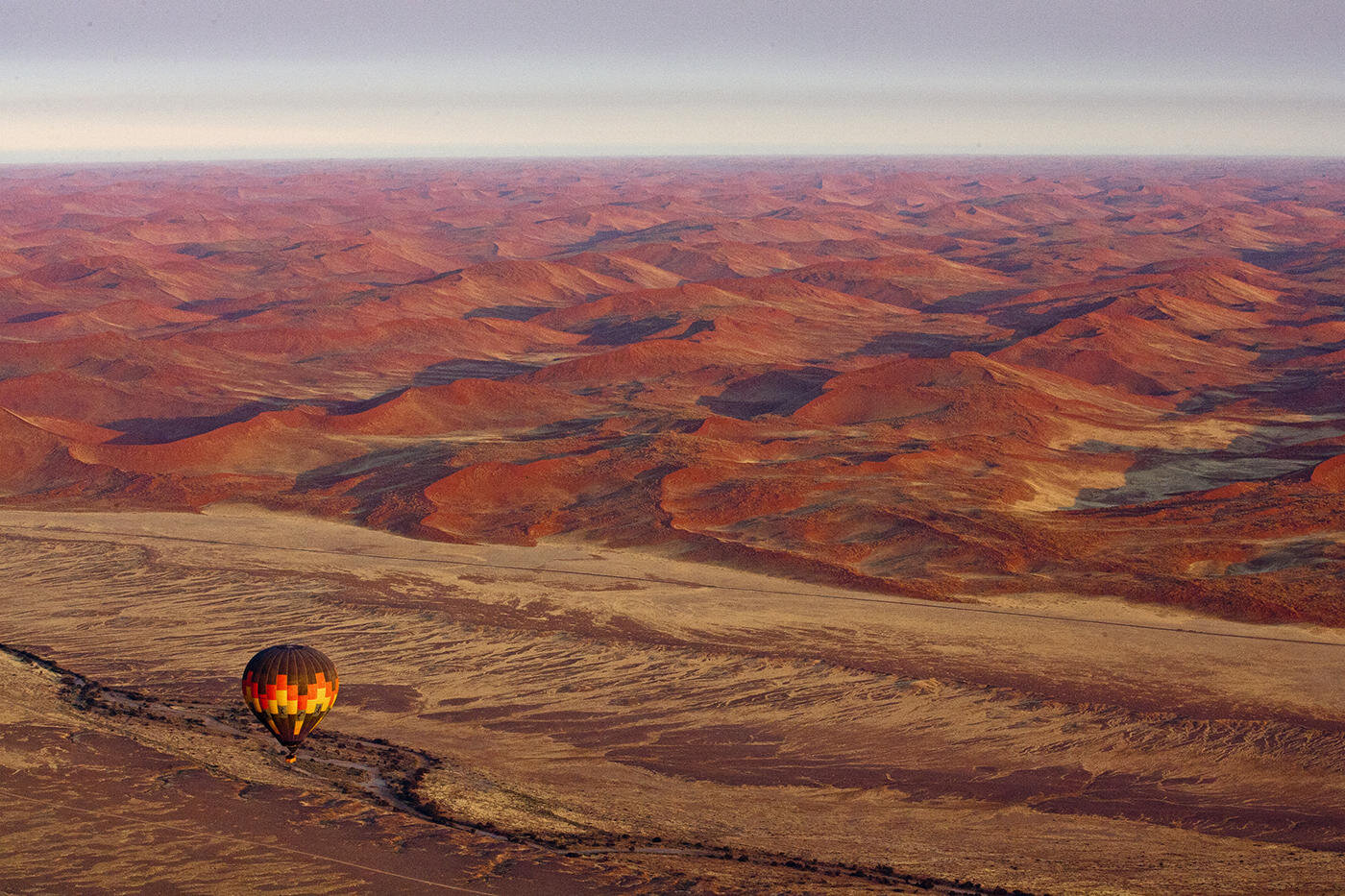
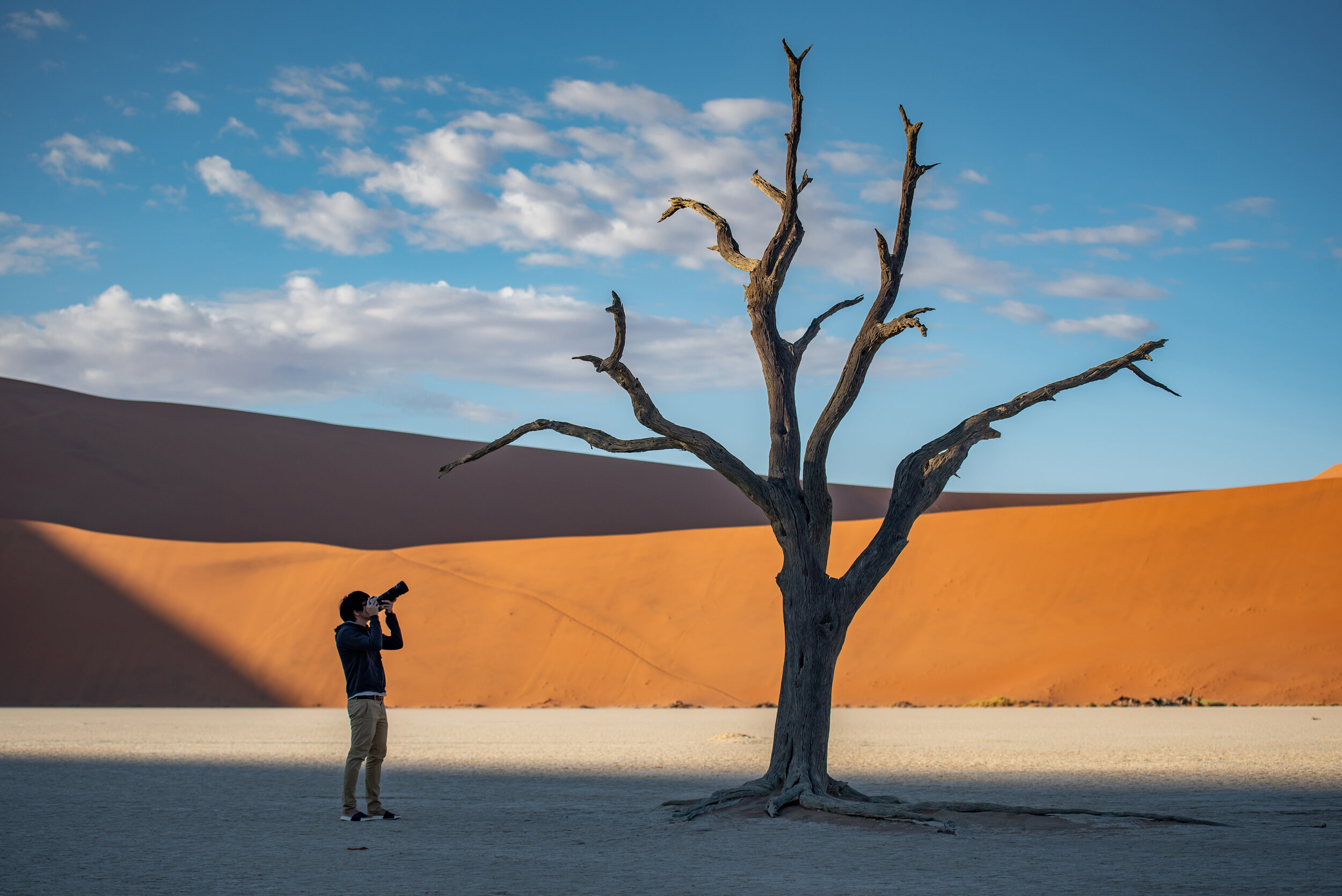
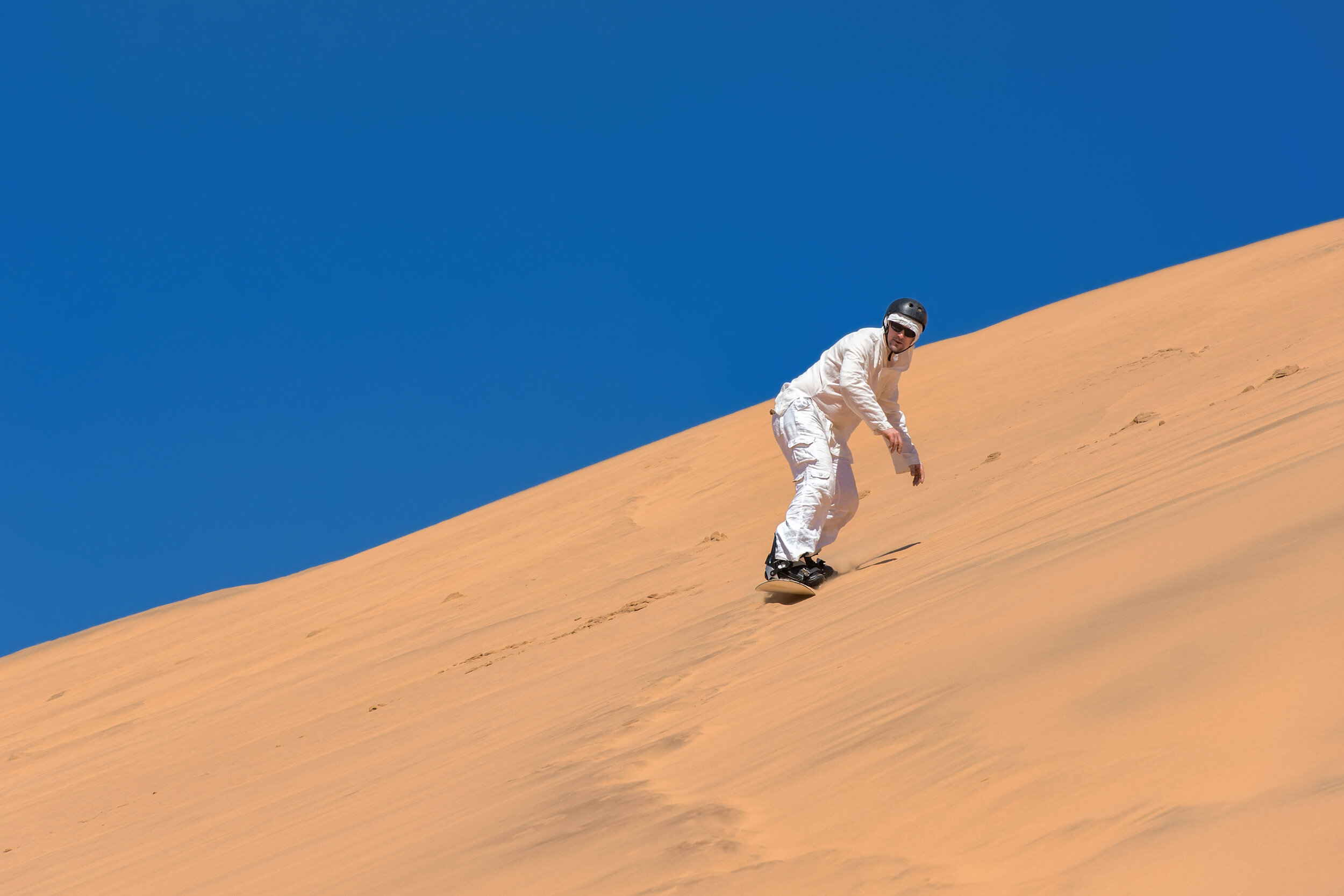
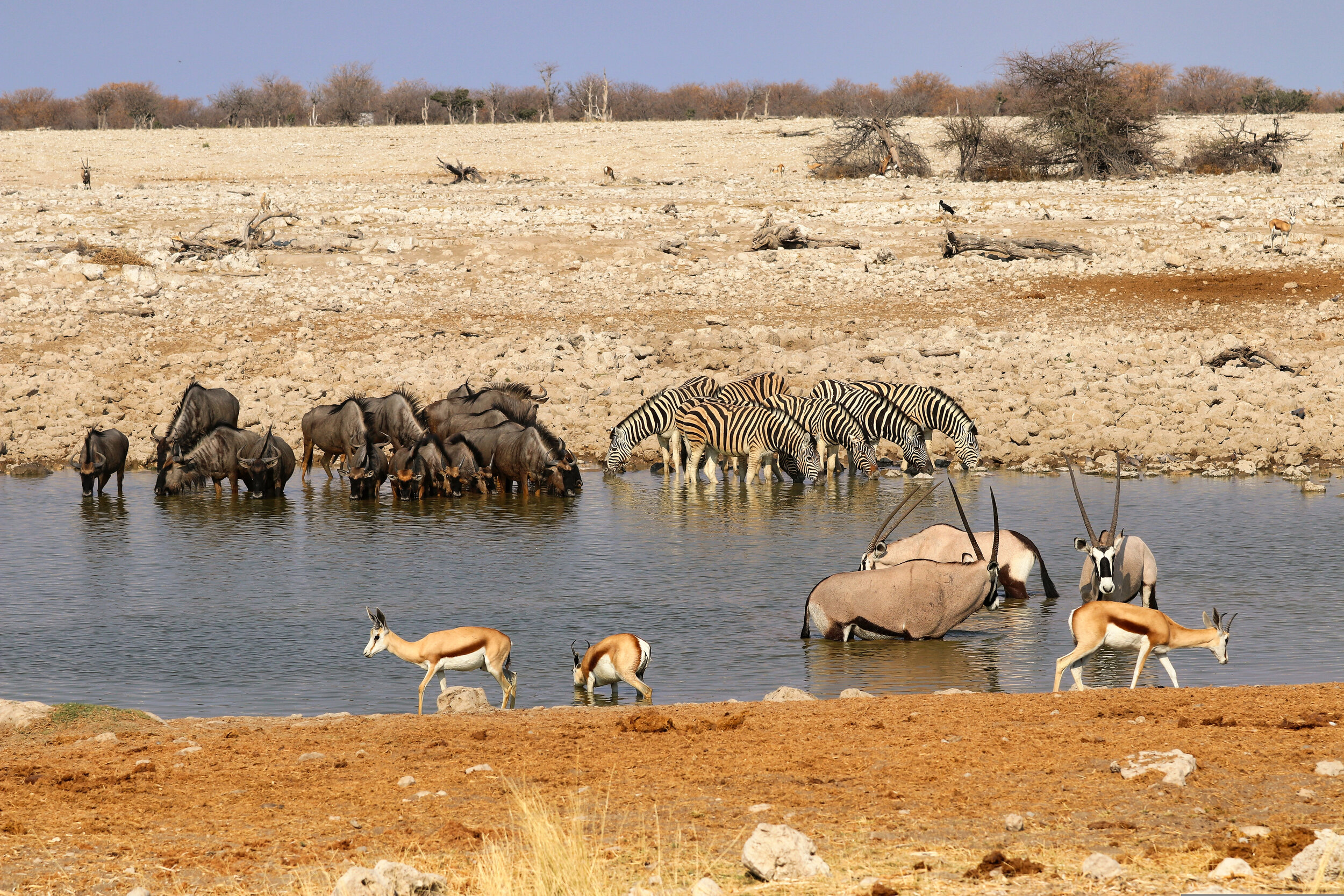
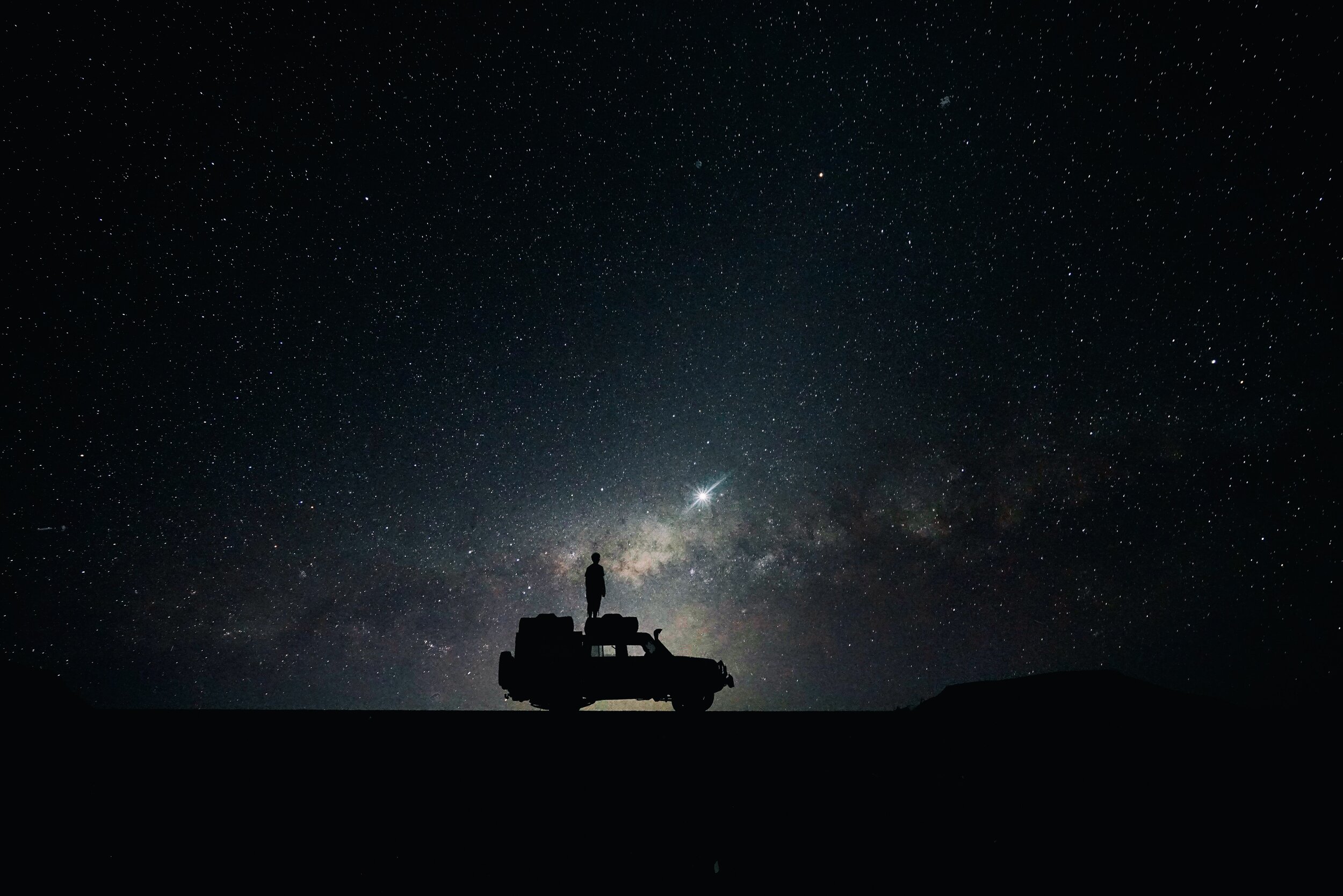
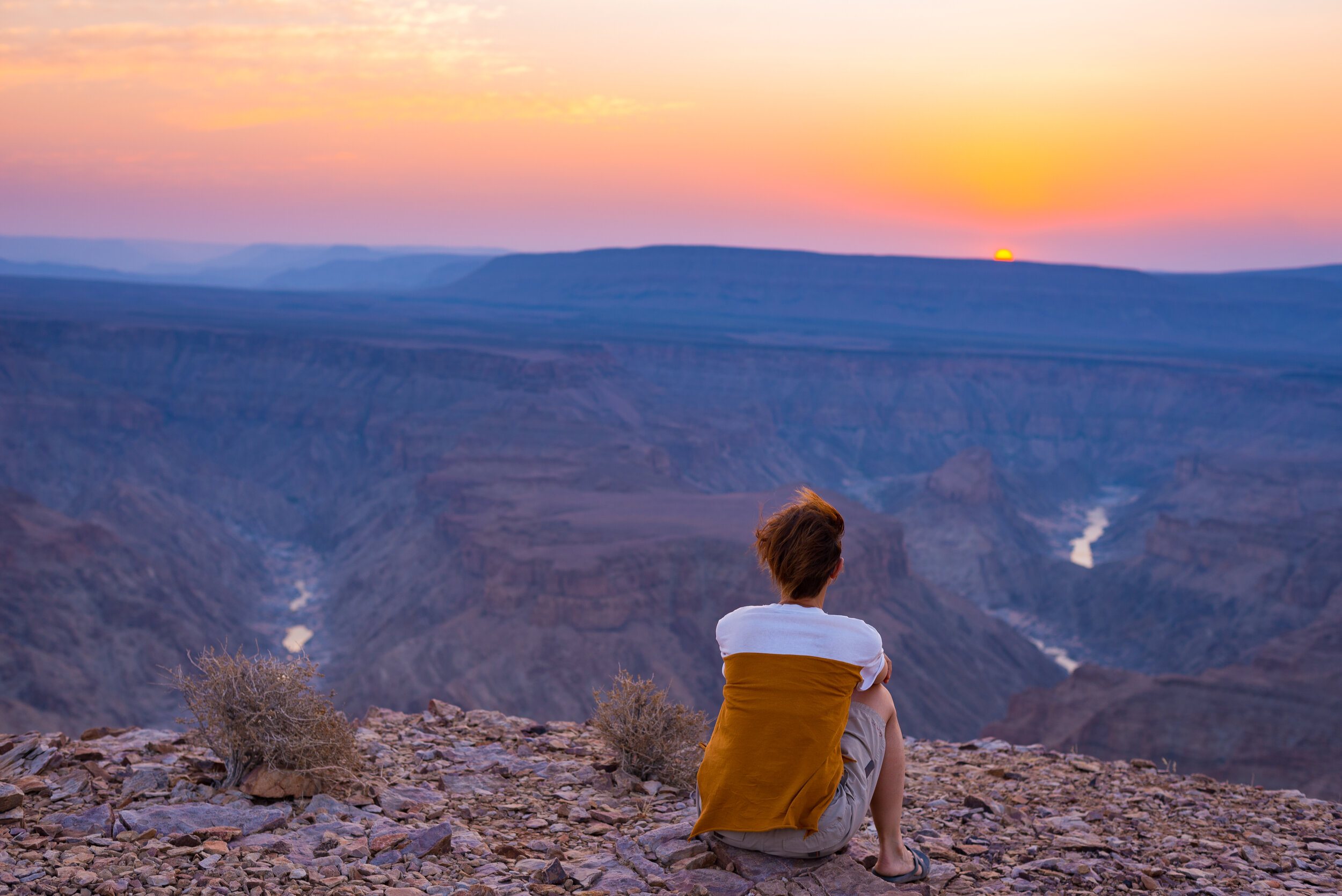

1. Float the day away above Sossusvlei
A hot air balloon flight over Sossusvlei makes for the most unforgettable and beautiful experience in the Namib Desert. The adventure typically begins before sunrise when you are collected from your accommodation, and driven to the take-off area. Once the balloon is airborne, you’ll find yourself drifting silently above the sands for about an hour. The views of the Namib Desert are exceptional. On landing (wherever the wind has taken you), expect a champagne breakfast for the ages.
2. Feel alive in Deadvlei
No trip to Namibia is complete without setting foot in Deadvlei – the most iconic area of the legendary Sossusvlei region. Expect a dry claypan immortalised by the sun, set deep in the fiery, orange heart of the Namib desert. There’s an otherworldly feel to this ethereal desert landscape, where you’ll find some of the world’s tallest sand dunes that receive almost no rain year round and brilliant white salt pans dotted with desiccated, blackened camel thorn trees are the only indication that very, very rarely, water flows in this desert.
3. Surf the sand dunes (and the swells)
While the desert doesn’t necessarily denote the surfer lifestyle, Namibia’s world-famous sand dunes make for some of the best wave-catching the world over – it’s just a bit sandier this side of the equator. As it is, the Namib is the world’s oldest desert, but there’s a new way to experience its iconic dunes: on a board. Not far from the coastal town of Swakopmund you’ll find mountains of sand that provide perfect slopes to surf down. When you first set sight on these towers that rise into the blue African sky, you’ll begin to buzz with anticipation, though it’s wise to conserve a little energy – your journey of joy will start with some hard work: a hike up to your launching point.
Apart from the sand dunes, however, Namibia is also a real secret surf spot. The country finds itself “sandwiched” between the Kalahari Desert and the raw Atlantic Ocean receiving swell from the cold Benguela current. And with its long coastline, Namibia has plenty of surf spots still completely virgin, but it’s best for experienced surfers only. We’d recommend you start catching waves in Swakopmund and Walvis Bay, on the West Coast of Namibia – close to the longest sand-bottomed left hand wave in the world.
4. Wait it out at a waterhole
Thirst is the driving force behind much of Etosha National Park’s wildlife and their movements. You’ll be surprised to know that waiting it out often promises the best and easiest form of wildlife viewing, especially during the dry winter season. Simply park off next to one of the waterholes and wait for the animals to arrive – a veritable sofa safari if ever there was one.
However, if you’re in the mood for something a bit more active, you can also opt to step out of the vehicle and track rhino on foot! Damaraland is home to Africa’s largest population of black rhino (over 35% can be found here), so if you’re looking to spend time with and watch these incredible animals, it should be at the top of your list.
5. Stargaze the night away
Due to limited light pollution, Namibia’s awe-inspiring skies make for some of the darkest and clearest in the world. The NamibRand Nature Reserve was designated Africa’s first dark sky reserve in 2012. Using a telescope at your camp (many of them are equipped with one) will soon have you guiding your very own celestial safaris. But telescopes aren’t a necessity. Just go outside, lie down on your back, and get lost in the deep secrets of the African skies.
6. Ascend to legendary peaks
Rising like a mirage above the plains of southern Damaraland, the behemoth Spitzkoppe has long inspired rock climbers and earned it the moniker of "Matterhorn of Africa". Although first summited in 1946, its granite flanks continue to call out to hardcore veterans bent on tackling this challenging peak, such as American climber and soloist Alex Honnold. Rest assured, some of the lower rounded domes offer thrilling scrambling for those who aren’t as keen to tackle the vertical pitches. Feeling a bit dared yourself? Read more about this untamable landscape in our complete guide to Damaraland.
7. Put your best foot forward on Namibia’s hiking trails
Hiking in Namibia offers adventurous extremes. Expect experiences that vary from short explorations of large dune fields – most spectacularly around Sossusvlei – to more serious endeavours such as a five-day trek through the rocky depths of one of the world’s largest canyons. Due to soaring summer temperatures and the remoteness of the Fish River Canyon floor, hikes in the latter are restricted to May through mid-September. The enchanting and challenging route from Hobas to Ai-Ais follows the sandy riverbed past huge boulder fields, startlingly dramatic scenery and a series of ephemeral pools (perfect for a splash to beat the heat!).
Namibia awaits
Stunningly stark, yet far from short of attractions and activities, Namibia is a beautiful enigma, waiting to be explored. Its unique landscape is unquestionably marvellous in all its desert glory - a place where mindful soul-searching is as easy to achieve as action and adventure.
Ready to hit the ground running? Subscribe to our newsletter and be the first to know more.

